Image Courtesy: @wattpad
We're obsessed with the idea of sculpting, chiselling, and contouring our faces through a conjunction of two techniques - highlighting and contouring. We nestle darker shades into the crevices of our skin to add dimension to our features, and complement them with lighter hues to illuminate our faces.
That's what we've been perfecting up until now; but there's a new technique that the savviest of makeup enthusiasts have been experimenting with. Fashioned by the likes of Kendall Jenner and Gigi Hadid, this technique is headlining photoshoots, celebrity appearances, and major beauty moments - and we see why!
Also known as strobing - a daunting name for a rather straightforward technique - this style involves the application of dazzling shimmer-laden formulas at strategic points on the face. We've roped in bridal MUA Reva (makeupbyrevaa) to acquaint ourselves with the nuances of the technique, and the correct way to employ the same into our routine. Here's how you can master the technique ASAP.
- 01. What is strobing?
- 02. How is strobing different than highlighting?
- 03. How do you do strobing?
- 04. Are there any tips to bear in mind for strobing?
- 05. What’s the difference between contouring and strobing?
- FAQs
01. What is strobing?
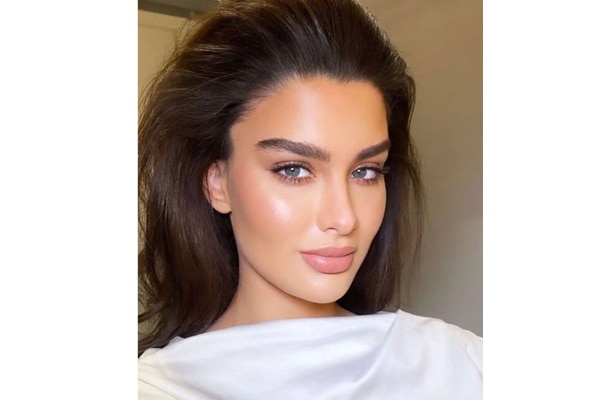
Image Courtesy: @thefancyfood
Reva defines strobing as "a way of highlighting the face to achieve a fresh, healthy glow, and make it seem like you're shining from within."
The technique involves placing glowy products like illuminating and strobing creams on the high points of the face like the cheekbones, bridge of the nose, chin, and Cupid's bow to achieve a natural lit-from-within glow. These are the parts of your face that are illuminated first when exposed to any light.
This sounds a lot like highlighting, doesn't it? But there's a difference between the two styles. Let's find out what sets strobing apart from highlighting.
02. How is strobing different than highlighting?
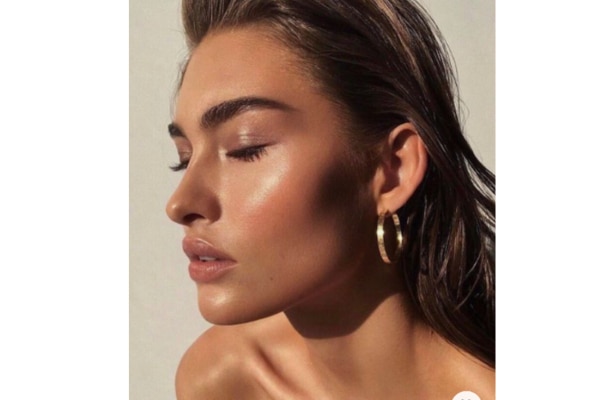
Image Courtesy: @chalkboardmag
According to Reva, strobing and highlighting are ‘similar’ and ‘dissimilar’ in multiple ways. Highlighting involves accentuating certain features of your face to bring them forward, and it complements the technique of contouring. The darker shades are used to chisel your features, and add distinction to them, and the lighter shades are used to add a pop of shimmer to the face. Highlighting aims for a sculpted, radiant look focused on certain areas of the face. Strobing, on the other hand, refers to illuminating the high-points of your face, and lending to your skin an overall ‘lit-from-within’, dewy, and luminous glow without employing another technique to capture the look. It’s a standalone technique that isn’t done in conjunction with contouring. Let's just say that strobing is equivalent to highlighting without the play of contouring. Highlighting also results in a matte-like finish; strobing isn't about mattifying the face at all.
03. How do you do strobing?

Image Courtesy: @byrdiebeauty
Strobing isn't very tricky to do, but you must follow these steps for flawless results.
01. Do your skincare as per usual. Cleanse and moisture thoroughly. You can prep your skin with a hydrating moisturiser to set the base for a glowy, luminous look. This formula will replenish your dry skin’s moisture. If your skin is oily, opt for an oil-free formula instead. Wait for a few minutes before you dive in. Let your skin absorb the moisturiser.
02. Apply a pea-sized amount of primer to set the base, and eliminate any redness on the surface. Strobing is not ideal for skin that's too oily; but if you want to experiment with the technique, ensure you're setting the base of your makeup with a mattifying primer.
03. Apply a dewy, lightweight foundation to even out your skin tone, and blend.
04.Go on to conceal any scars, dark circles, and areas of hyperpigmentation with a concealer. You can use the warmth of your fingers to blend it all out.
05. If you're using a highlighter for strobing, ensure that you've picked the correct shade. For lighter skin, champagne tones like the Lakme Absolute Liquid Highlighter - Ivory are ideal; for light to medium skin, pink champagne hues like the Lakme Absolute Liquid Highlighter - Rose Gold are perfect; and for darker skin, terracotta or bronze tones like the Lakme Absolute Liquid Highlighter - Bronze are great. Don't select a very white shade or it will appear as grey on the skin. And darker shades appear patchy.
06. Make sure you're only using the highlighter on parts of your face that catch light - above your Cupid’s bow, on the bridge of your nose, on the chin, along your cheekbones, in the inner-corners of the eyes, above the brow bones, and along the temples. Remember that the goal is to brighten your features - not for your skin to look greasy. Don't spread the formula all over your face.
07. After you've applied the formula on these spots, blend it out with your fingers, a fan brush, or a damp makeup sponge.

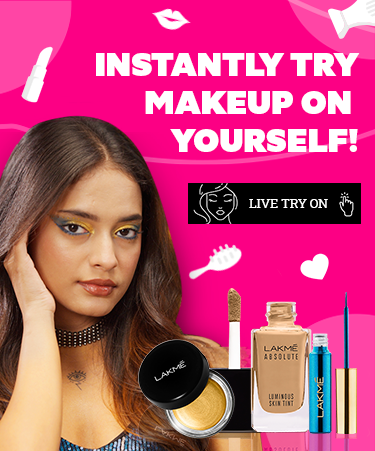
04. Are there any tips to bear in mind for strobing?
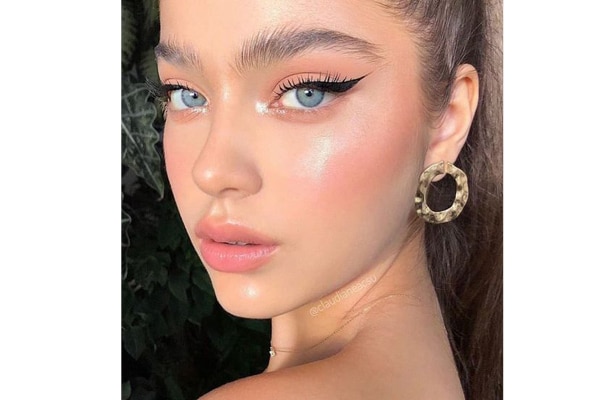
Image Courtesy: @weheartitapp
Reva reiterates that you mustn’t go overboard with the technique, “There’s a fine line between achieving a glowy look and looking sweaty. If you apply an illuminator or strobing cream all over your face, you’ll end up looking oily or sweaty. It’s all about the strategic placement of the formula on the high points of your face. You must pick a product that’s not very harsh. It needs to be sheer. “Even though strobing is all about the glow, the result must look like you’re glowing from within. It shouldn’t look like you’ve put on a bunch of highlighters on your face - the shimmery ones - to make it look like you’ve done too much to achieve this effect.’
Don’t overdo strobing if you’re planning on stepping out during the day. Let the natural light illuminate the face naturally. Remember that the more you blend, the brighter the end-result.
If your skin is oily, avoid highlighting the nose, forehead, and chin because these areas are shiny already.
05. What’s the difference between contouring and strobing?
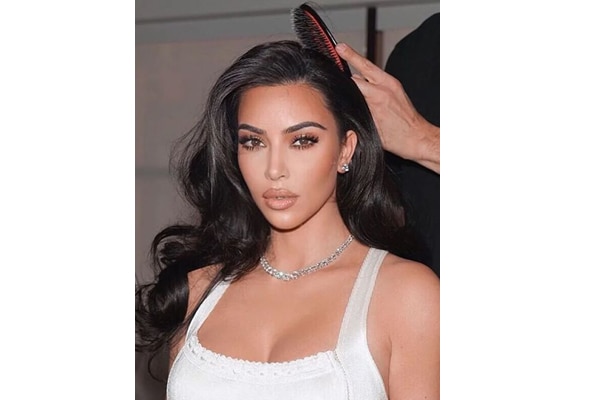
Main Courtesy: @vogueindia
There’s an obvious difference between contouring and strobing. As a technique, contouring is all about creating shadows, adding depth, and defining your features to achieve a chiselled, sculpted look with the application of products that are two or three shades darker than your complexion on the hollows of your cheeks, sides of your nose, along the jawline, and the edges of your temples and forehead to create a hollowing effect. Strobing, as mentioned previously, is all about illuminating the face for a fresh, healthy, lit-from-within finish by applying lighter, shimmer-laden shades on the apples of your cheekbones, bridge of the nose, chin, Cupid’s bow, and the brow bone.
FAQs
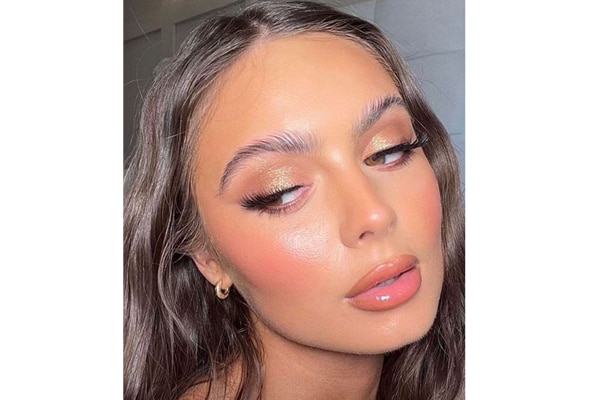
Image Courtesy: @refybeauty
1) Can you highlight without contouring?
“Highlighting without contouring just means that you’re strobing,” says Reva. And it’s true. Remember that highlighting is done in conjunction with contouring; and strobing flies solo. So, logically, you’re just strobing if you’re not complementing the technique of highlighting with contouring.
2) Is strobing cream the same as an illuminator?
According to Reva, illuminators have an opaque-like formula, and their coverage is high. If you have an illuminator that’s sheer, though, you can use it for strobing - just don’t apply it all over your face. Strobe creams, on the other hand, are extremely sheer, and they’re specifically designed for this purpose.
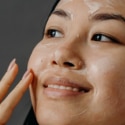
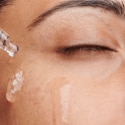
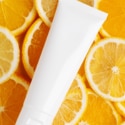
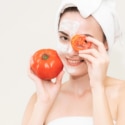
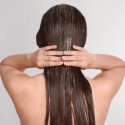
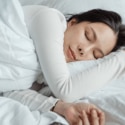



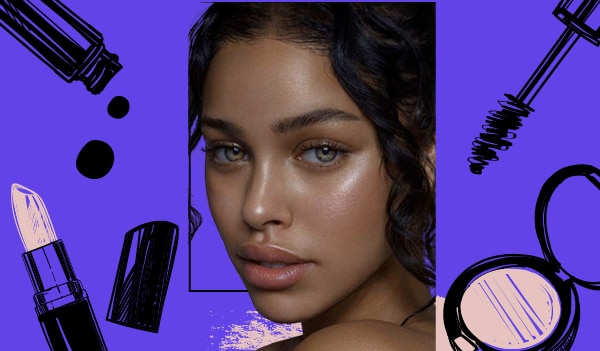
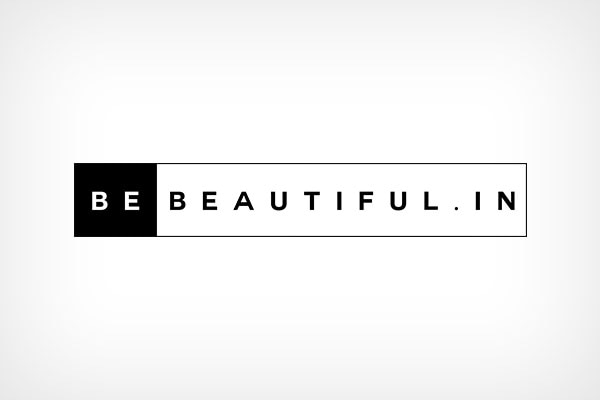
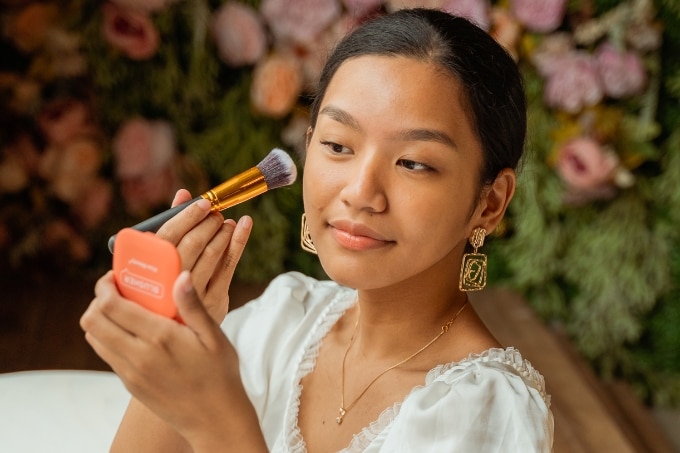
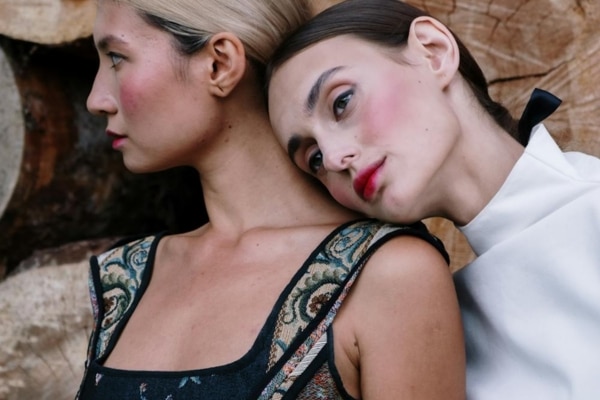
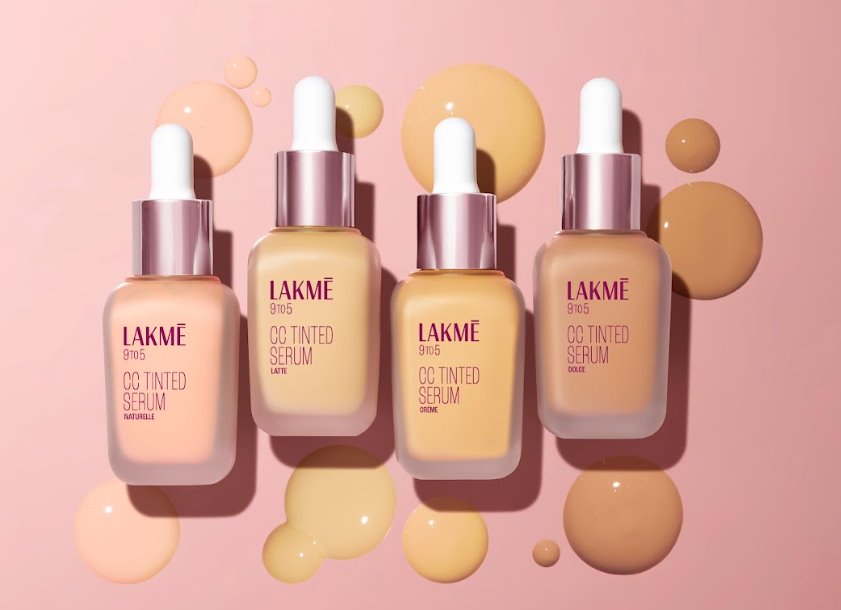
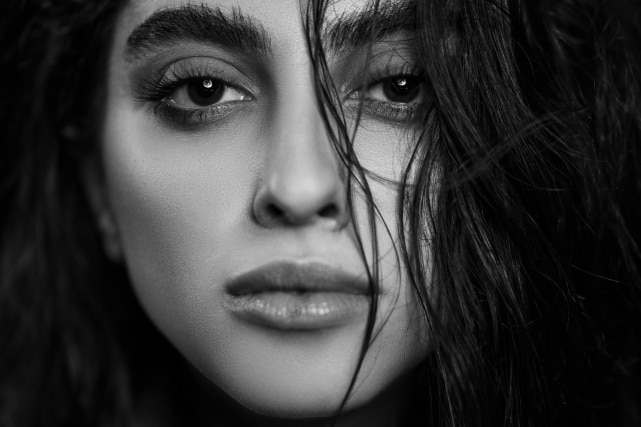
 Privacy Notice
Privacy Notice
Written by Urvi Shah on 25th Feb 2022
A professional writer by day, and a poet by night, I'm a journalism graduate with experience in the news, travel, and food sectors. A frantic compiler of excerpts from books I've read, you can count on me to incorporate quotes and phrases into everyday conversations without a warning. On days I'm not working, I station myself in front of my laptop, and try to work my way through month-old drafts of my writings.